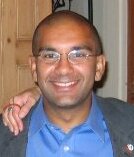 by Jessica Kirkwood, VP, Social Media, HandsOn Network
by Jessica Kirkwood, VP, Social Media, HandsOn Network
In December of 2007, my HandsOn Network colleagues and I traveled to Biloxi to volunteer.
While we were there, we painted the exterior of a house built for a woman whose home was flooded during hurricane Katrina. We also painted murals in a daycare center that was finally re-opening and started construction on another new home.
On our first night in town local residents came to our group dinner and told us their stories.
A man named Grady started by telling us was that he usually avoids talking about his experience of the hurricane.
Before Katrina, Grady lived with his wife and three children in a nice house near the beach in coastal, Mississippi.
He was the founder and CEO of a successful company.
He drove a nice car and lived in a comfortable home.
Grady’s elderly father, reliant upon an oxygen tank to breathe, lived in the house next door.
During the summer of 2005, Grady’s family evacuated their home five times for hurricanes.
On one of those occasions… it didn’t even rain.
On the morning of August 29th, 2005, Grady didn’t think it looked like Katrina would hit the Gulf Coast.
He and his family decided take their chances and stay at home.
At noon that day, the situation looked increasingly dire so they drove two miles inland to Grady’s office.
They brought their boat and left it set so that if the water rose the boat would rise with it.
Well, the water rose.
Grady described the speed at which the water came pouring into his office building and the way it just kept coming and coming.
He only had one life jacket.
His six, eight and ten year old children looked at him with worry in their eyes.
When the water started to become dangerously high, Grady put his six year old in the life jacket and tied a rope around him.
Grady, his wife, his father and the other two children held on to the rope and prayed.
The family decided that if the water rose too high they would break a window up near the ceiling, climb out and swim around the building to the boat.
I’m not sure where Grady’s father’s oxygen tank fit into the plan. Perhaps it didn’t.
The water kept rising.
The eye of the storm passed over the building.
Grady’s children began to cry
The water kept rising and rising… and then finally…finally…it stopped.
When the water receded Grady’s family had to walk the two miles back to their neighborhood and make their way over six blocks of debris, eight feet high, to find the spot where their house had been.
It took four days for Grady to find what remained of his house four blocks from where it originally stood.
With all communication cut off, Grady’s family had no way to understand the magnitude of the storm’s impact. In other parts of the country their extended family had no way to know if they were alive.
As Grady talked, I couldn’t help thinking about how frightened he must have been during the storm. I thought about how responsible he must have felt – responsible for protecting his family, for making the choice to stay, for needing to save their lives.
I thought about the nightmares that jerk me awake in a cold sweat – the ones where something terrible has happened to my children. The ones where I can’t save them.
I thought about Grady living through this literal nightmare and it took my breath away.
After his talk, Grady told me that the thing about his experience that hurt him the most was that his children were robbed of the secure knowledge that their father was Superman.
Grady’s kids saw their father’s raw fear and it stripped them of their innocence.
More than anything else, this is what Grady wishes he could erase.
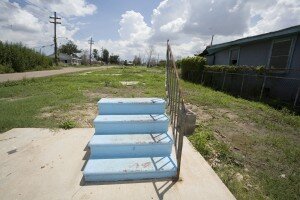 When we were in the Gulf volunteering, the physical destruction caused by the storm was no longer represented by piles of debris or the twisted remains of buildings, but rather by endless stretches of emptiness marked only by driveways and stairs leading to the ghosts of vanished front doors.
When we were in the Gulf volunteering, the physical destruction caused by the storm was no longer represented by piles of debris or the twisted remains of buildings, but rather by endless stretches of emptiness marked only by driveways and stairs leading to the ghosts of vanished front doors.
I wondered about the destruction that I couldn’t see – to the economy, to public health, to community.
Grady’s family left Biloxi and moved to his wife’s family farm in Georgia where they still live.
Though Grady commutes back and forth between the farm and the gulf coast for work, his family will not return.
They don’t even want to visit. They will never go back.
We also heard a story about a woman who worked as a nurse in a mental health facility before the storm.
Because the patients couldn’t be evacuated, staff had to stay and work or lose their jobs.
The nurse stayed and, because she stayed, so did her husband and son.
After the storm, when she was able to finally make it back to her house, she found her husband and son drowned in the family living room.
She was found cradling the body of her son on her front porch.
She had been sitting there holding him for days because there was no one to come and collect the dead.
“So is everything rebuilt now? Is everything back to normal?”
We heard how much people in the Gulf region hate this question.
So much of was lost can never be rebuilt.
Grady told us about what he called the second storm surge, the wave of volunteers who came from all over the country and arrived well before the government with water, ice and bread.
The volunteers brought simple things like toothpaste and soap. They brought baby formula and diapers.
“They restored my faith in humanity,” he said.
I wished that I had been one of those volunteers, but on the day of hurricane Katrina I watched CNN and gave birth to my daughter.
This office trip was the first time I was able to leave her at home to come to the Gulf to volunteer.
The house we painted belonged to an elderly woman who had been living in a nursing home for nearly two and a half years after the storm.
Her house, entirely renovated by volunteers, was almost finished and she would finally be able to come home.
Everyone we met in the gulf talked about their faith that the Gulf Coast would be reborn into something greater than it was before.
Despite their experiences, they believed that the utter devastation was, itself, a catalyst for the Gulf Coast’s renewal.
They described people and communities coming together to collaborate in ways that would never have been possible before the storm.
Their enthusiasm and hope were contagious.
I found myself swept up in it, and felt part of something larger than myself.
And in so many ways, I felt so grateful.
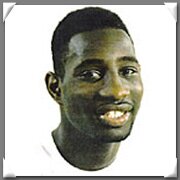 I was sentenced to death when I was 16 years old for a murder I didn’t commit.
I was sentenced to death when I was 16 years old for a murder I didn’t commit.



 Using A Blog
Using A Blog


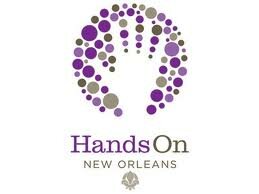
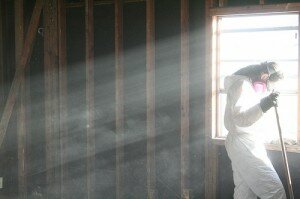

 by Chris de Veer, former Volunteer & Director of Hands On Gulf Coast (2006 – 2008)
by Chris de Veer, former Volunteer & Director of Hands On Gulf Coast (2006 – 2008)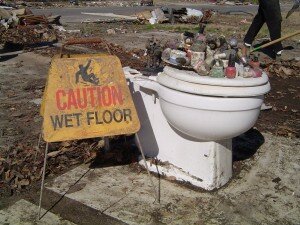 The first neighborhood I visited was East Biloxi, home to many Vietnamese and African Americans.
The first neighborhood I visited was East Biloxi, home to many Vietnamese and African Americans.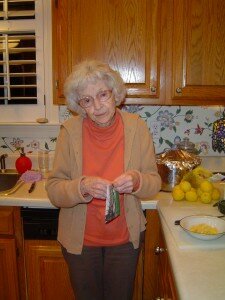 Two years before Katrina, I visited my Grandma, pulled out her photo albums, scanned in every photo, made a database, and asked her to identify everyone in every photo, estimate when the photo was taken, and describe what was going on.
Two years before Katrina, I visited my Grandma, pulled out her photo albums, scanned in every photo, made a database, and asked her to identify everyone in every photo, estimate when the photo was taken, and describe what was going on. ench of rot was overpowering.
ench of rot was overpowering.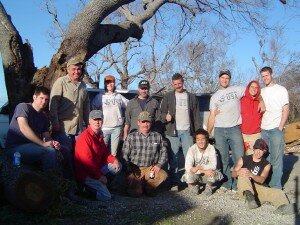 I know my grandmother was lucky compared to many other victims of Katrina.
I know my grandmother was lucky compared to many other victims of Katrina.
 I don’t think either of us truly knew what we were in for…and I think back and cannot believe that there were people from our national office that believed we had the capacity and ability to accomplish what we accomplished.
I don’t think either of us truly knew what we were in for…and I think back and cannot believe that there were people from our national office that believed we had the capacity and ability to accomplish what we accomplished.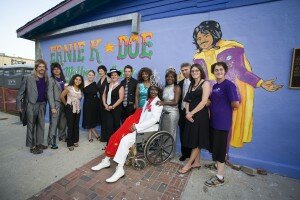 So many people have come from around the world and either come back multiple times or have decided to make New Orleans their home.
So many people have come from around the world and either come back multiple times or have decided to make New Orleans their home.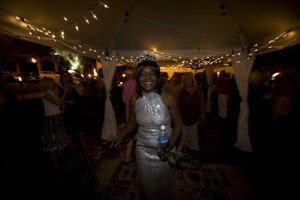
 When we were in the Gulf volunteering, the physical destruction caused by the storm was no longer represented by piles of debris or the twisted remains of buildings, but rather by endless stretches of emptiness marked only by driveways and stairs leading to the ghosts of vanished front doors.
When we were in the Gulf volunteering, the physical destruction caused by the storm was no longer represented by piles of debris or the twisted remains of buildings, but rather by endless stretches of emptiness marked only by driveways and stairs leading to the ghosts of vanished front doors.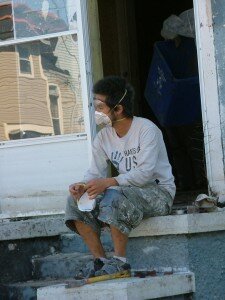 Volunteering with
Volunteering with  “Gutting is fun!” Actually, we all know that it is a heartbreaking job, tempered only by the cathartic relief of exhausting physical labor, and the knowledge that we are actually helping someone clear a space for their future, and dreams for a new beginning.
“Gutting is fun!” Actually, we all know that it is a heartbreaking job, tempered only by the cathartic relief of exhausting physical labor, and the knowledge that we are actually helping someone clear a space for their future, and dreams for a new beginning.
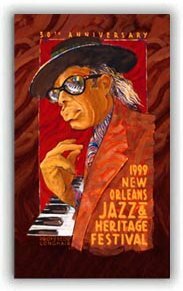
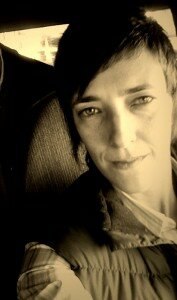 by Erika Putinsky
by Erika Putinsky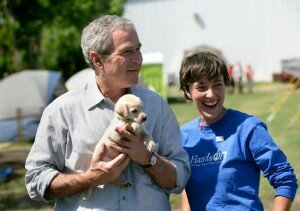 During my efforts with HandsOn Network on the Gulf Coast after Hurricane Katrina, I had the opportunity to live and work in a place where our nation truly came together as a unified community.
During my efforts with HandsOn Network on the Gulf Coast after Hurricane Katrina, I had the opportunity to live and work in a place where our nation truly came together as a unified community.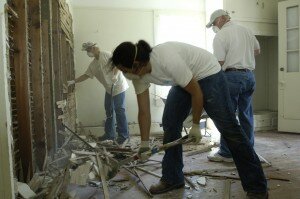 Once the images of the despair and the stories of the survivors reached our world, people began to act.
Once the images of the despair and the stories of the survivors reached our world, people began to act.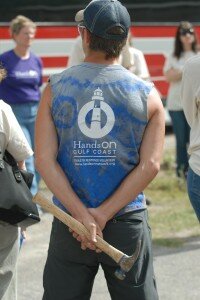 After the hurricane so many people remembered the power in showing up, being willing to help with a hammer to rebuild a home, or offer a hug to rebuild a life.
After the hurricane so many people remembered the power in showing up, being willing to help with a hammer to rebuild a home, or offer a hug to rebuild a life.
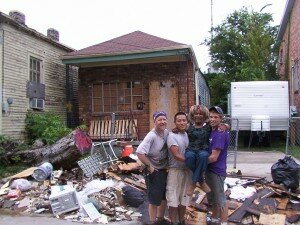 In the ensuing months, HandsOn Network also launched HandsOn Gulf Coast and
In the ensuing months, HandsOn Network also launched HandsOn Gulf Coast and 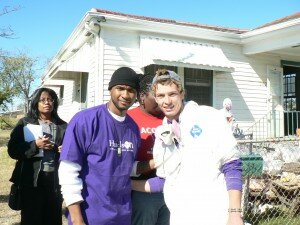 Currently, 13 HandsOn Action Centers serve the oil spill-impacted states of Alabama, Mississippi, Florida and Louisiana. Looking ahead, HandsOn Network will partner with these local affiliates to recruit and train 10,000 volunteer leaders and mobilize 50,000 volunteers to devote an expected 1 million hours to support the region’s environmental and economic recovery. In addition, HandsOn will conduct a series of on-the-ground and virtual “boot camps” to train volunteer leaders to manage others and develop projects to meet community-specific needs, such as creating job re-training and job search clinics; restoring parks and open spaces; and assisting small businesses in operations, marketing and finance to recoup losses or improve business sustainability. To sign up and Get HandsOn for the boot camps, please visit www.handsonnetwork.org/nola2011.
Currently, 13 HandsOn Action Centers serve the oil spill-impacted states of Alabama, Mississippi, Florida and Louisiana. Looking ahead, HandsOn Network will partner with these local affiliates to recruit and train 10,000 volunteer leaders and mobilize 50,000 volunteers to devote an expected 1 million hours to support the region’s environmental and economic recovery. In addition, HandsOn will conduct a series of on-the-ground and virtual “boot camps” to train volunteer leaders to manage others and develop projects to meet community-specific needs, such as creating job re-training and job search clinics; restoring parks and open spaces; and assisting small businesses in operations, marketing and finance to recoup losses or improve business sustainability. To sign up and Get HandsOn for the boot camps, please visit www.handsonnetwork.org/nola2011.
